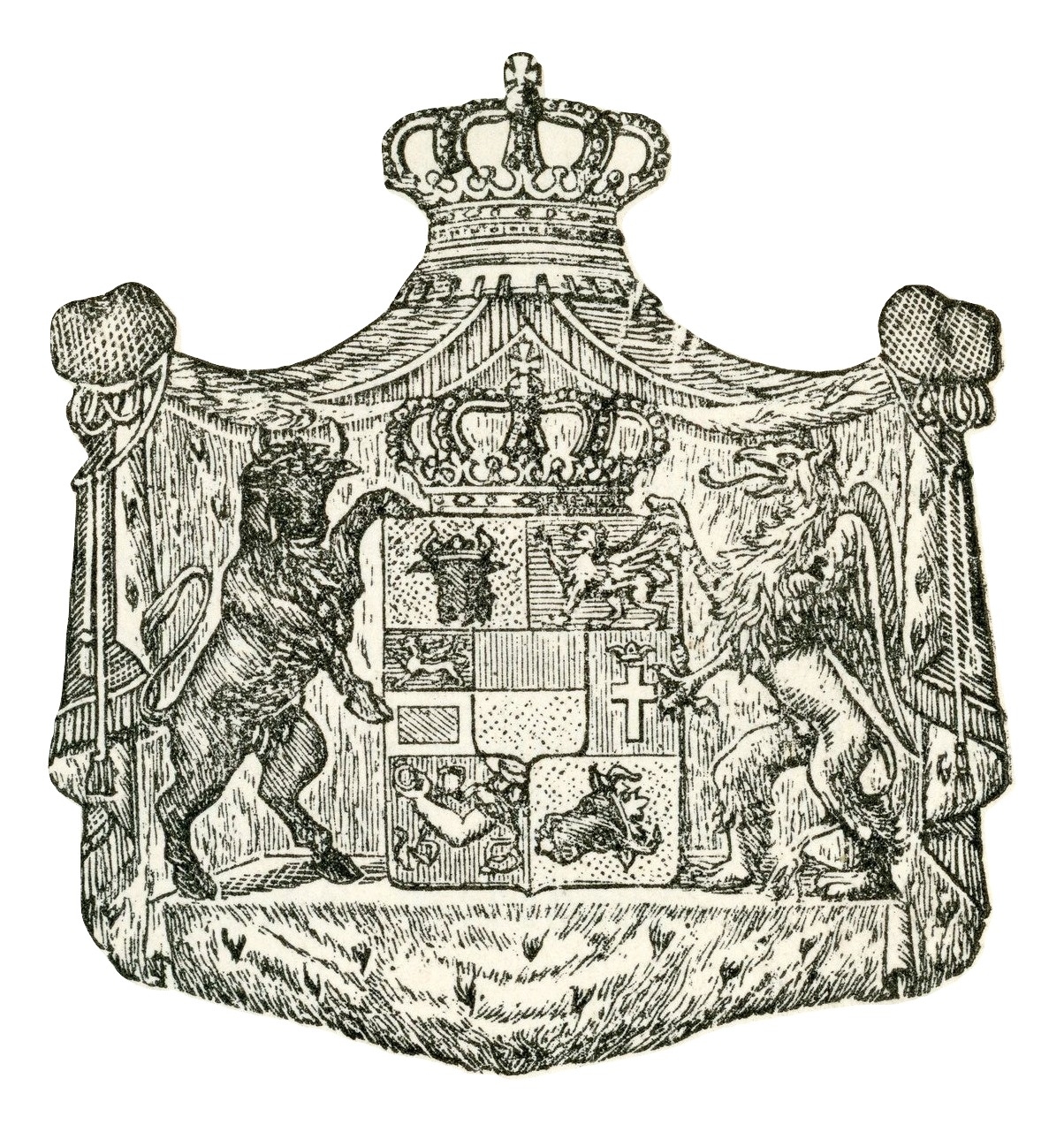Succession in the House of Mecklenburg-Strelitz is hereditary in the male line by right of primogeniture (agnatic primogeniture), to the complete exclusion of women even in the event of the total extinction of the male line. Because the same succession rules apply to the House of Mecklenburg-Schwerin with the death Hereditary Grand Duke Friedrich Franz in 2001 the senior branch of the House of Mecklenburg has become extinct in the male line, leaving Mecklenburg-Strelitz as the only surviving branch.
The current order of succession to the headship of the House of Mecklenburg-Strelitz is as follows:
- Duke Alexander
- Duke Leopold
- Duke Michael
During the monarchy a number of treaties were concluded making provisions for the succession in the event of the extinction of one branch, or the entire House of Mecklenburg.
Treaty of Hamburg
The 1701 Treaty of Hamburg, which created Mecklenburg-Strelitz, established the order of primogeniture within the House of Mecklenburg whereby on the extinction of one branch, the surviving branch of the family would succeed. As a result since 2001 the head of the House of Mecklenburg-Strelitz is in effect head of the entire House of Mecklenburg.
Although extinct in the male line since 2001 the House of Mecklenburg-Schwerin still has two living female members, Duchess Donata, born 1956, and Duchess Edwina, born 1960, the two daughters of Duke Christian Ludwig. Although unable to become the formal head of the House of Mecklenburg-Schwerin, Duchess Donata represents the family and is the legal heir to the legacy and estate of her grandfather Grand Duke Friedrich Franz IV which includes various forests and works of art.
Treaty of Wittstock
The 1442 Treaty of Wittstock settled a dispute between the Ducal House of Mecklenburg and the Electoral House of Brandenburg (House of Hohenzollern) over the succession to the Principality of Wenden. The treaty concluded that the Dukes of Mecklenburg were able to remain in possession of the Principality of Wenden, but in the event of the extinction of the male line of the House of Mecklenburg the Electoral House of Brandenburg had the right of succession to the whole of Mecklenburg.
Rules regarding marriages
In the House of Mecklenburg-Strelitz the only deciding factor if a marriage is dynastic or morganatic was the decision of the grand duke, or today the head of the house. As only males could succeed to the throne, or today headship of the house, and as women traditionally take the title or name of their husband, whether a marriage is ruled as dynastic or not only really impacts upon the male members of the house and their descendants.
The first member of the House of Mecklenburg-Strelitz to enter into a marriage with someone who was not from one of the reigning/formerly reigning or mediatised families (Sections I and II in the Almanach de Gotha) was Duke Georg Alexander who married Natalia Vanljarskaya a member of the Russian nobility. Although his uncle Grand Duke Friedrich Wilhelm agreed to the marriage, as Duke Georg Alexander was firmly established in Russia where he had spent his whole life he did not seek or receive formal dynastic recognition for the marriage and renounced his rights of succession to the throne, although he retained his membership of the grand ducal house and the right to exercise a regency should the need arise. One month after Duke Georg Alexander’s February 1890 wedding his wife was created Countess of Carlow by Grand Duke Friedrich Wilhelm. Following the births of their four children because the marriage was without dynastic recognition the children took their title and status from their mother.
The reigning grand duke, or today the head of the house, in addition to deciding whether a marriage is dynastic or not can also retroactively recognise a marriage as dynastic, or alternatively grant dynastic rights to individuals who descend in the legitimate male line from a non dynastic marriage. The only occasion when this prerogative has been exercised in the House of Mecklenburg-Strelitz was in 1928 when the unmarried head of the house Duke Carl Michael, who was the last male in the family with dynastic rights, acted to ensure the survival of the junior Strelitz branch of the House of Mecklenburg by adopting his nephew Count Georg of Carlow and his family, granting them membership of the House of Mecklenburg-Strelitz and the dynastic titles Duke/Duchess of Mecklenburg with his nephew automatically becoming heir presumptive to the headship of the grand ducal house. The adoption was recognised on 23 December 1929 by Grand Duke Friedrich Franz IV of Mecklenburg-Schwerin, who as head of the other branch of the family would have become head of the entire House of Mecklenburg in accordance with the Treaty of Hamburg, had the dynastic male line of Strelitz died out with Duke Carl Michael.
Although the former Count Georg also had two sisters alive in 1928 instead of retroactively recognising the marriage of their parents as dynastic meaning Count Georg’s sisters would automatically become Duchesses of Mecklenburg and members of the House of Mecklenburg-Strelitz, Duke Carl Michael bestowed that status only upon Count Georg, his wife and children. This follows the example set in 1896 by the Princely House’s of Schwarzburg-Sonderhausen and Schwarzburg-Rudolstadt which suffering from a lack of male heirs recognised their morganatic cousin Prince Sizzo of Leutenberg as a Prince of Schwarzburg and full dynastic member of the princely house, while not extending that status to his twin sister Helene who remained a Princess of Leutenberg. In 1897 Prince Sizzo became closely related to the House of Mecklenburg-Strelitz when he married Princess Alexandra of Anhalt, the younger sister of Princess Elisabeth of Anhalt the wife of Grand Duke Adolf Friedrich V.
